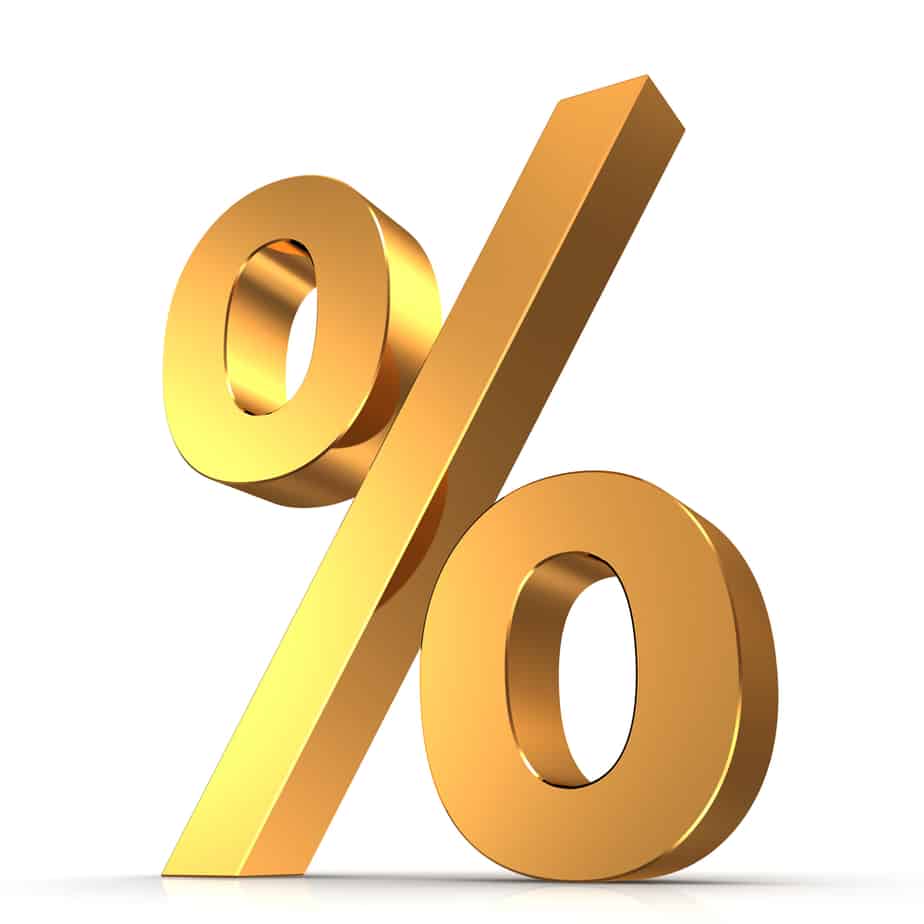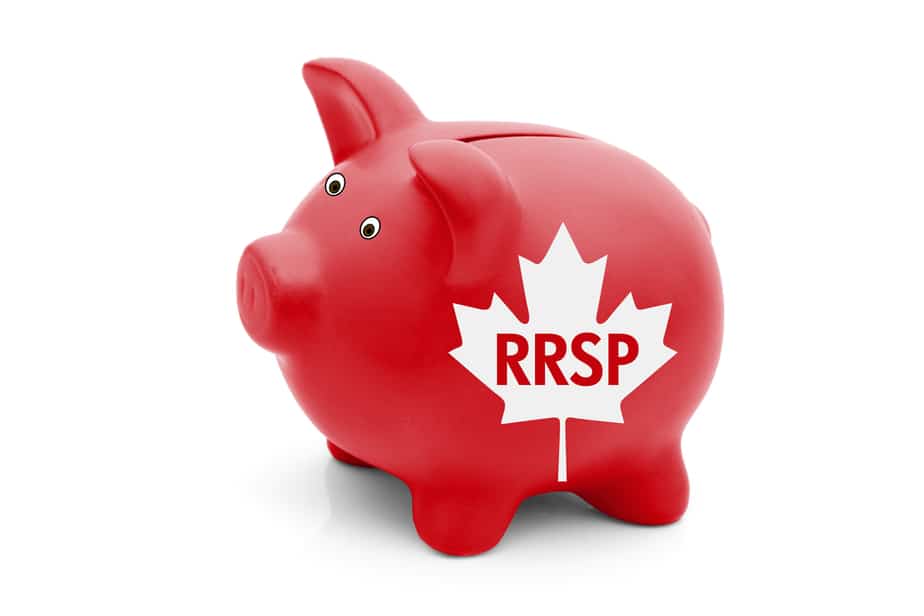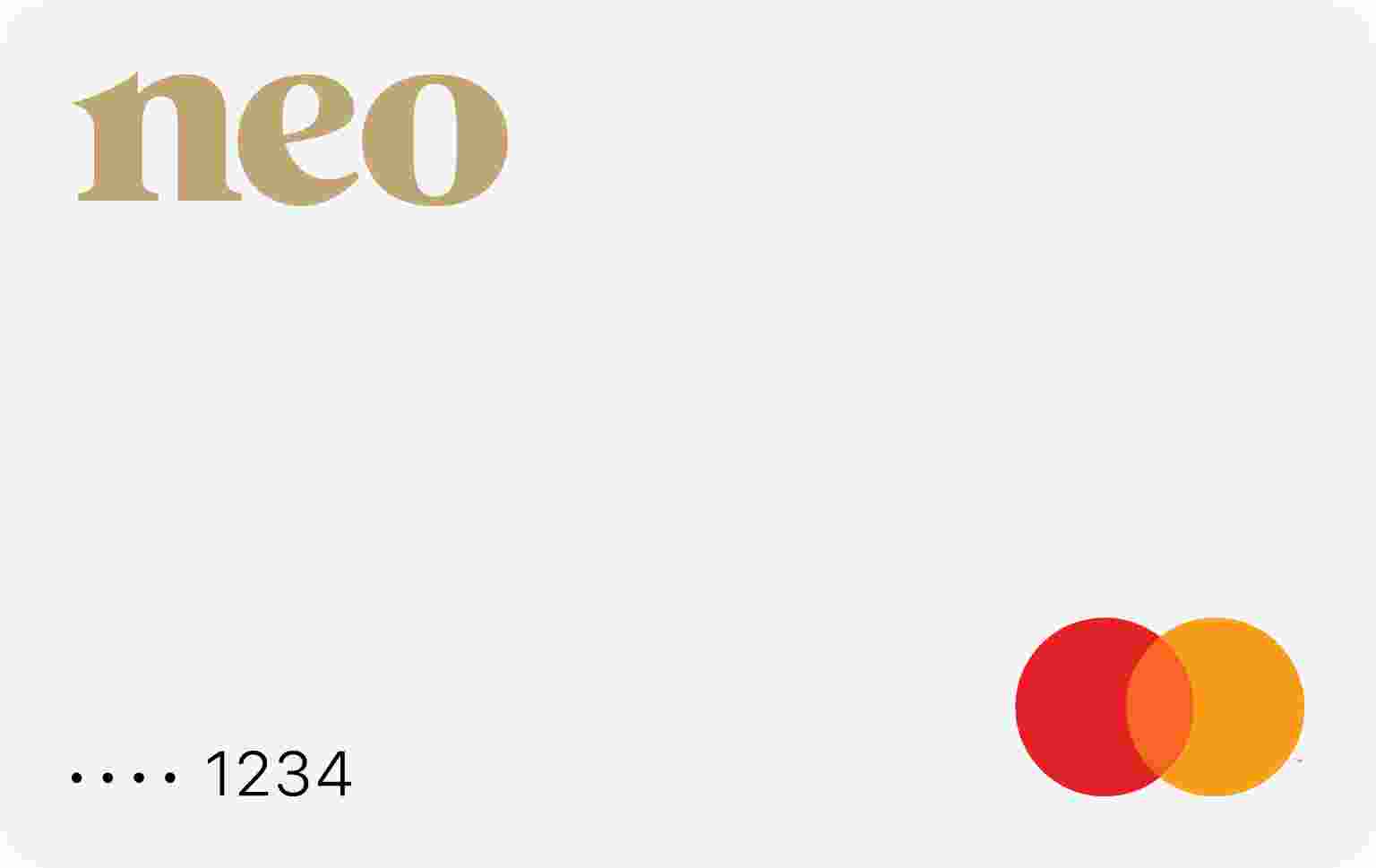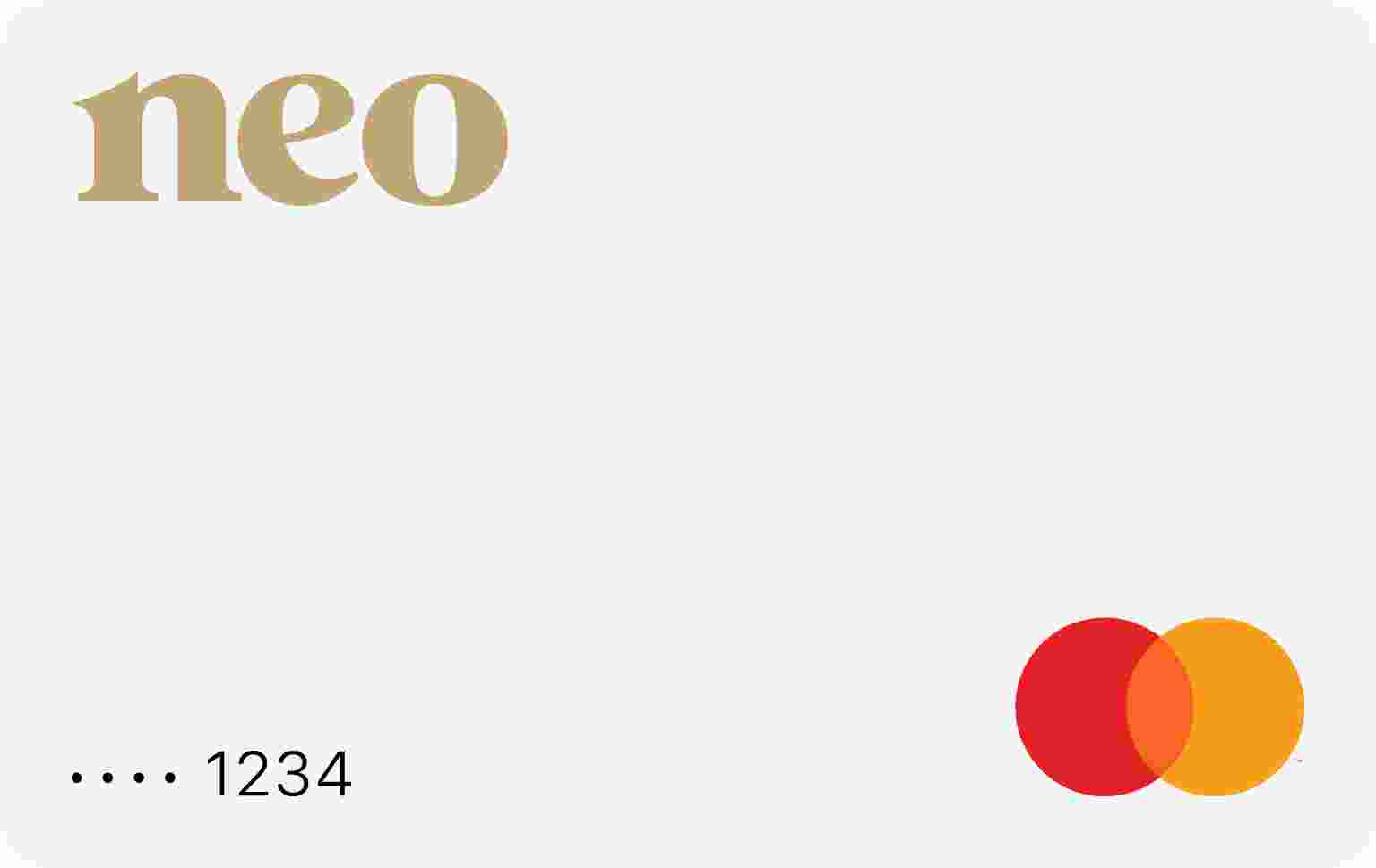
Prime Rate
The prime rate in Canada is currently at 7.20%.
The prime rate is mainly influenced by the Bank of Canada’s set policy interest rate, also known as the overnight interest rate. Every bank sets their own prime rate, but the major banks usually have similar or the same prime rate. The current prime rate is an average of Canada’s six largest bank’s prime rates. The six biggest banks tend to have set the exact same prime rate, while +other banks and financial institutions tend to differ a bit more.
What is a Prime Rate?
A prime rate is the annual interest rate that the majority of Canadian banks and other financial institutions utilize to set interest rates for financial products. Prime rates are also referred to as prime lending rates. Whenever you apply for a loan with a variable interest rate, the lender will give you an annual interest rate that is interlinked with the prime rate.
Many loans revolve around prime interest rates including variable interest mortgages, car loans, lines of credit and credit cards. The prime rate acts as a base for these forms of financing. When the prime rate moves up or down, so does the rate on your financial product.
Now that you know what a prime rate is, let’s take some time to learn more about today’s prime rates, how prime rates are determined, what causes prime rates to fluctuate among other things below.
How is Prime Rate Set?
Banks and financial institutions set their own prime rates and they usually refer to the rate set by the Bank of Canada in the process. The Bank of Canada sets their prime rate by using the policy interest rate, also known as the overnight rate.
The overnight rate is the interest rate which applies to depository institutions overnight. In other words, banks and other financial institutions lend and borrow funds from each other “overnight” and the overnight interest rate is applicable to them. Overnight rates are the lowest on the market and are only available to the most creditworthy financial institutions.
As the Bank of Canada adjusts the overnight rate up or down, the prime rate fluctuates too. More specifically, the prime rate and overnight rate practically fluctuate together. When one goes up, the other goes up too. When one goes down, the other goes down too. This is a rule of thumb, sometimes they do not fluctuate together exactly. There are numerous cases where lenders do not adjust their prime rate in accordance with the overnight rate, frustrating many borrowers along the way.
What Causes Prime Rate to Rise and Fall?
We know that prime rates and overnight rates fluctuate together, but what causes the rise and fall? When the overnight rate increases, it becomes more costly for banks and financial institutions to borrow money from one another. In order to cover these costs, banks and financial institutions raise their prime rates to cover the additional costs. On the other hand, when the overnight rate decreases, it becomes cheaper for banks and financial institutions to borrow money from one another. As a result, banks and other financial institutions reduce their prime rate.
How Does the Prime Rate Affect Mortgage Rates?
In Canada, mortgages come with two main types of interest rates: fixed and variable. When you have a fixed interest rate, you agree to pay the same interest over the whole term of your mortgage. Events that occur in the outside market do not impact the interest rate you pay. Fixed mortgages are ideal if you’re concerned about outside factors and want to have a stable, predictable payment for your mortgage’s entire term.
On the contrary, variable interest rates on a mortgage are expressed as the prime rate plus or minus a particular percentage. Whenever the prime rate goes up or down, your mortgage interest rate will go up or down by the same amount. Often, variable interest rates on mortgages are lower when you sign up compared to a fixed interest rate mortgage. However, this is because there is a greater risk that your mortgage interest rate would increase in the future.
Most lenders allow borrowers to convert variable interest rate mortgages into fixed rate mortgages at any point in time. The only drawback is the borrower is responsible for paying the fixed interest at the time the switch occurs.
Prime Rates and How They Affect You
At this point, you might be wondering, how exactly do prime rates impact me? Prime rates dictate how much it will cost you to borrow money from banks and financial institutions. If you’re looking to get a mortgage or another type of financing, understanding prime rates can help you ensure that you’re getting a reasonable deal. It is possible to even strategically time when you apply for financing by applying in a period when prime rates are low. Prime rates will impact your borrowing as a consumer today and ten years from now, it’s good to be mindful of it!
Author Bio
Mohamed Konate, MBA Mohamed Konate is a licensed Mortgage Agent (FSRA #10530, Mortgage Alliance) and Life & Health Insurance Broker (Elite Harvest Financial) based in Whitby, Ontario, serving families and businesses across the Durham Region and throughout Ontario. With over 15 years of experience in the Canadian financial industry — including senior roles at major banks — Mohamed combines deep expertise in mortgages, life insurance, and financial strategy to help clients buy homes, renew or refinance their mortgages, and protect their families with tailored insurance solutions. He is also the founder of MyRateCompass.ca, a trusted Canadian personal finance website offering unbiased insights and practical tools to empower consumers. Mohamed holds both a Bachelor’s and MBA in Business Administration from Quebec universities, and is passionate about making complex financial decisions simple and accessible. 👉 Learn more about working with Mohamed – Mortgage Broker in Ontario 👉 Connect at EliteHarvestFinancial.ca
You may also like..



Subscribe to Our Newsletter
ou can unsubscribe at any given time.
You can unsubscribe at any time.


